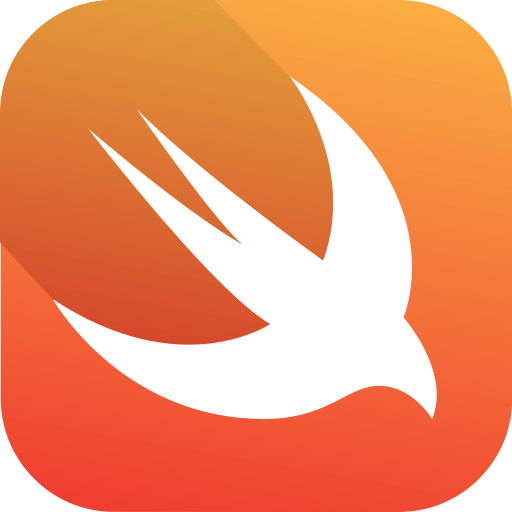History of Swift
Learn the history of the Swift programming language, find out what it is being used for, and review the topics covered in this course.
We'll cover the following...
A brief history of Swift
The Swift programming language was originally developed under the guidance of Chris Lattner at Apple, Inc. and first announced alongside iOS 8 at Apple’s Worldwide Developer Conference in 2014.
Though the primary goal of Swift has always been to make it easier to develop apps for Apple’s range of operating systems (iOS, macOS, tvOS, watchOS, etc.), the Swift language and compilers are open-source and available for use on a wide range of other operating systems.
Prior to the introduction of iOS 8, the stipulated programming language for the development of iOS applications was Objective-C. When Apple announced iOS 8, however, the company also introduced an alternative to Objective-C in the form of the Swift programming language.
Due entirely to the popularity of iOS, Objective-C became one of the more widely used programming languages. However, with origins firmly rooted in the 40-year-old C Programming Language and despite efforts to modernize some aspects of the language syntax, Objective-C was beginning to show its age.
On the other hand, Swift is a relatively new programming language designed specifically to make programming easier, faster, and less prone to programmer error. Starting with a clean slate and no burden of legacy, Swift is a new and innovative language with which to develop applications. Thankfully, much of the syntax will be familiar to those who have experience with other programming languages, such as C, C++, Java, and Kotlin.
How is Swift being used?
The software engineers at Apple developed Swift specifically for use in developing apps for Apple’s family of operating systems. Therefore, it shouldn’t come as a surprise that most people writing Swift code are doing so while developing apps for deployment on Apple devices.
It is probable that you have embarked on the path to learning Swift programming with a similar goal in mind. When developing apps for Apple platforms, most of the backend functionality and logic of your software will be written using Swift, while the front-end will be built using either SwiftUI or UIKit. Ultimately, you will probably end up writing Swift code and designing user interfaces from within Apple’s Xcode integrated development environment (IDE).
With that being said, Swift is also a powerful stand-alone language that you can use to develop server-side or other software that does not require a graphical user interface. All you need is a macOS, Windows, Linux system, an editor, and the Swift compiler.
About this course
The objective of this course is to teach the key concepts of Swift programming covering the following topics:
- Constants, variables, and data types
- Operators and expressions
- Looping and conditional control flow
- Structuring code using method and functions
- Object-oriented programming including classes, subclassing, structures, and enumerations
- Working with collection data types, such as arrays and dictionaries
- Handling errors and throwing them in your own code
- Working with files and directories
- Getting started with Xcode and Swift Playgrounds
Lesson takeaways
- Swift was originally developed by Apple, Inc.
- Both the language and compiler tools are open-source.
- Swift is currently the preferred programming language for Apple platforms.
- The language is available for a wide range of desktop and server operating systems.
